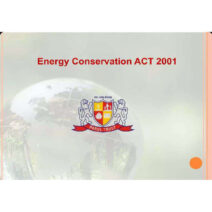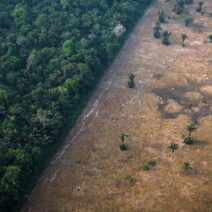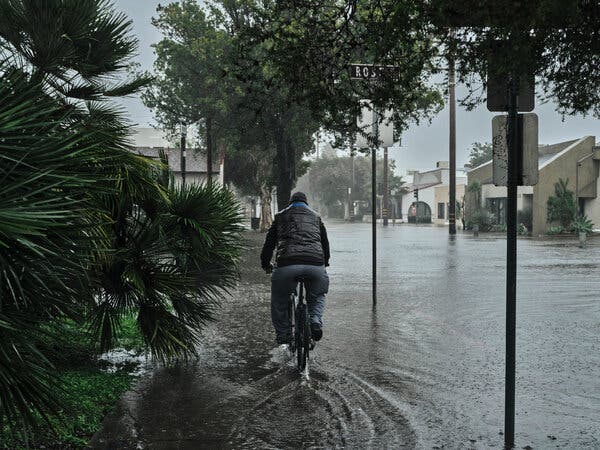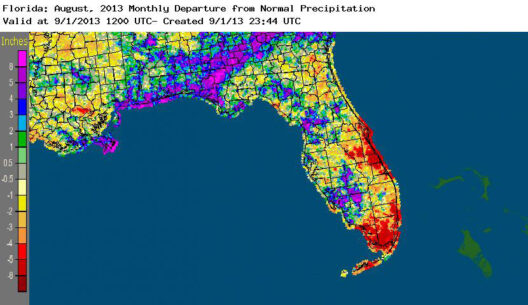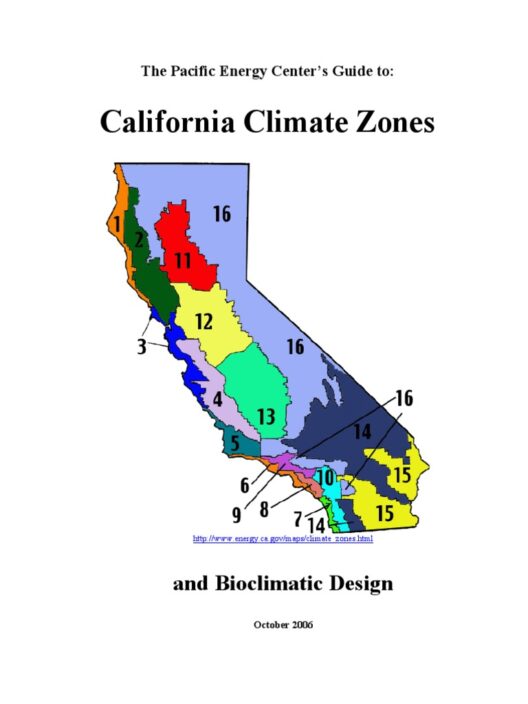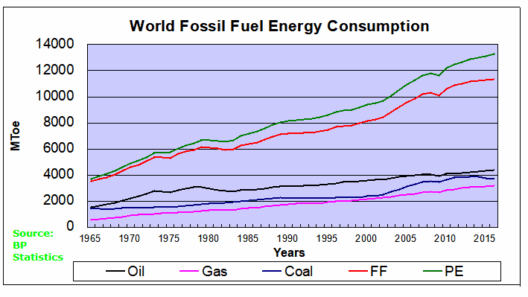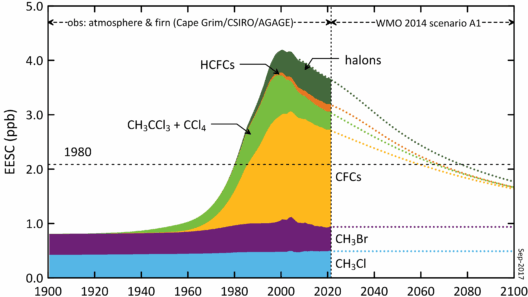As the world grapples with the escalating impacts of climate change, one question looms large: has global warming already hit the 1°C mark? This inquiry is not merely academic; it carries significant implications for ecosystems, weather patterns, and human livelihoods. In the discourse surrounding climate science, understanding whether we have surpassed this critical temperature threshold is essential for framing current and future responses to climate challenges.
To contextualize this question, we must first examine the baseline established by pre-industrial levels of atmospheric CO2, which stood at approximately 280 parts per million (ppm). Reports indicate that tantalizingly, we have already surpassed 410 ppm in recent times. This elevation in greenhouse gases provokes a chain reaction of climatic alterations globally. By investigating specific temperature records, we find that since the late 19th century, global mean temperatures have risen markedly, prompting serious concerns about reaching that pivotal 1°C threshold.
In analyzing temperature anomalies, global averages indicate that we are hovering near this 1°C increase compared to pre-industrial levels. Notably, the past decade has been particularly warm, with remarkable heatwaves, droughts, and floods noted across various regions. For instance, the years 2015 to 2019 included some of the hottest recorded years, suggesting we might already be contending with a climate altered significantly by human activity.
The challenge presented by this potential milestone is manifold. A temperature rise of 1°C may seem trivial on a scale of physical measurement, yet it provokes profound changes. Marine ecosystems, already beleaguered by acidification, face dire implications for coral reefs, a vital component of ocean biodiversity. Resilient to temperature fluctuations historically, these ecosystems now confront bleaching events with increasing frequency due to warmer waters. The question, therefore, becomes: what is the trajectory of our oceans if these thresholds have indeed been crossed?
Moreover, shifts in weather patterns pose a significant challenge. Regions experiencing previously unprecedented rainfall confront flooding that devastates infrastructure and ecosystems alike. Conversely, areas accustomed to regular precipitation find themselves parched, grappling with drought conditions that threaten food security. The interplay between these seemingly opposing phenomena highlights the complexity of climate dynamics. Are we prepared to face these intricate challenges that arise from a mere 1°C uptick in temperature?
One must consider the implications on human societies as well. Agriculture, as a cornerstone of civilization, stands vulnerable. Crop yields could significantly decline in subtropical and tropical regions, where heat stress, reduced rainfall, and altered growing seasons wreak havoc on food production systems. The interconnectedness of global supply chains adds another layer of vulnerability; destabilization in one region can resonate deeply across the globe. Can we innovate swiftly enough to mitigate the blight on food security linked to these climatic shifts?
The response to this crisis requires a comprehensive understanding of ice sheet dynamics. Glaciers and polar ice caps worldwide are melting at alarming rates, contributing to rising sea levels and threatening coastal communities. This phenomenon does not exist in isolation; it intertwines with the concept of feedback loops in climate systems. As ice cover diminishes, less sunlight is reflected back into space, exacerbating warming. Herein lies another challenge: Are we aware of the compounding effects that a seemingly minor temperature rise could catalyze?
With an impending sense of urgency, many researchers advocate for maintaining warming below 1.5°C to avert catastrophic consequences. This target was formalized in numerous international agreements, including the Paris Accord, underscoring a collective commitment to combating climate change. However, the reality remains stark; our trajectory suggests we may exceed this threshold by a significant margin unless immediate systemic changes are enacted across industries.
Technological advancements offer a flicker of hope as we confront these daunting challenges. Innovations in renewable energy, carbon capture, and sustainable agriculture present pathways to curtail emissions and promote ecological balance. Yet, these interventions must be implemented with urgency and scale. The dichotomy between technological hope and sociopolitical inertia creates a formidable barrier: will our collective will be mighty enough to redirect the trajectory towards sustainability?
In addition to technology, public awareness and grassroots activism play an indispensable role. Individuals, communities, and organizations must champion climate action, fostering behavioral changes that reverberate within governmental policy and corporate practice. Mobilizing the public towards sustainable habit shifts, enhanced stewardship of resources, and vocal advocacy can create a powerful force in addressing climate challenges. But will this grassroots movement be galvanizing enough to thwart a trajectory leading us past that precarious 1°C benchmark?
In conclusion, the question of whether global warming has already breached the 1°C mark transcends mere scientific inquiry; it is a clarion call for action. The myriad implications of this pivotal inquiry encapsulate a complex web of ecological, economic, and social dimensions. They challenge our resilience, innovation, and collective action. As the climate continues its relentless march forward, will we heed this implicit warning and rally together to forge a sustainable future? The hour is late, but the potential for transformative change remains alive.
